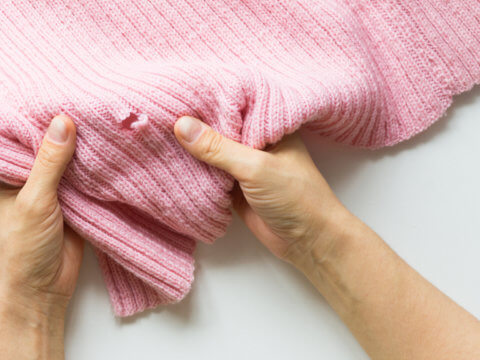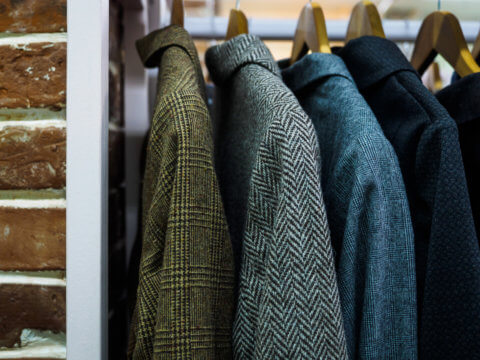What to expect during your first fitting
You have finally purchased your dress and now it’s time to have your gown fitted and altered. Wedding gowns consist of elegant fabrics and intricate designs, which makes them extremely beautiful, yet difficult to alter. Be sure your gown is cared for by an experienced seamstress who specializes in the intricacies of wedding gowns and formal evening wear.
Scheduling your first fitting will depend on a few factors. If your dress is made to order versus off the rack, or if your weight fluctuates you may need more fittings. Your gown may also need additional pressing and spot cleaning for the linings or petticoats after each fitting.
Remember to wear the shoes and undergarment that you plan to wear on your wedding day to every fitting so your measurements are accurate.
First fitting schedule 7 – 8 weeks out:
Don’t forget the dress! It sounds silly but a very common mistake is for brides to forget to bring their dress to their fitting. Try to have all the accessories purchased by your first fitting so you and your seamstress can get the full picture of how your gown should look.
Don’t Panic. Your gown may not fit or look the way you dreamed when you try it on the first time. Don’t worry, this is common, trust your seamstress to bring your dream dress to life. Your seamstress will take into account any alterations your gown needs and have them ready for you by your second visit.
Get Comfortable: Your first fitting is primarily to make sure you are comfortable in your dress. This is the time for you and your seamstress to spot potential problems and find solutions.
Watch Your Weight: If you plan to do any dieting and exercise between trips to your seamstress you may need more fittings. Depending on how many dress sizes you drop (or go up) there could be some significant costs involved. If you need some motivation to stick to your workout plan just remember it’s easier to take a gown in than to let it out.
Second fitting schedule 5 – 7 weeks out:
On Pines and needles: The alterations will be done and pinned into place in case any additional changes need to be made. The lining of the dress should be in place and your dress should start to look like you imagined. Your seamstress will check the work that has been done for accuracy. You may still need some minor alterations that can be done, either while you wait or you may need to come back for another fitting.
Take a Walk: Your seamstress will have you walk around to get a good feel for the right hem length. Your hem will be pinned so adjustments can be easily made and measured. Try to walk as normal as possible and be sure to let your seamstress know if your dress feels uncomfortable.
Third fitting schedule 4 – 5 weeks out:
It’s all about Hem: Your hem is now stitched so you can walk around and check the length for accuracy. It is common for a gown to act differently when it is pinned verses when it is stitched. Be sure to walk the way you would during your wedding day so that the assessment is accurate.
Final fitting: (Schedule as close to your wedding day as possible.)
Dream Come True: Your final fitting is to ensure that your gown fits you perfectly. This fitting should be scheduled close to your wedding date to reduce the risk of you losing or gaining weight between the time of your last fittings and your wedding day. Your seamstress should also be able to tell you if they can take it out or take it in before starting. Your gown will most likely need to be stitched, pressed, and spot cleaned before you can take it home. It is not possible to bustle your own gown so you should also bring the person who will bustle your gown with you. Your seamstress will teach them how to do the bustle.
Some wedding gown specialists are able to provide additional services including minor alterations, pressing and spot cleaning onsite at your home or wedding venue to ensure your gown looks perfect as close to your special moment as possible. In addition, On-site bridal party preparation may be available as well.





